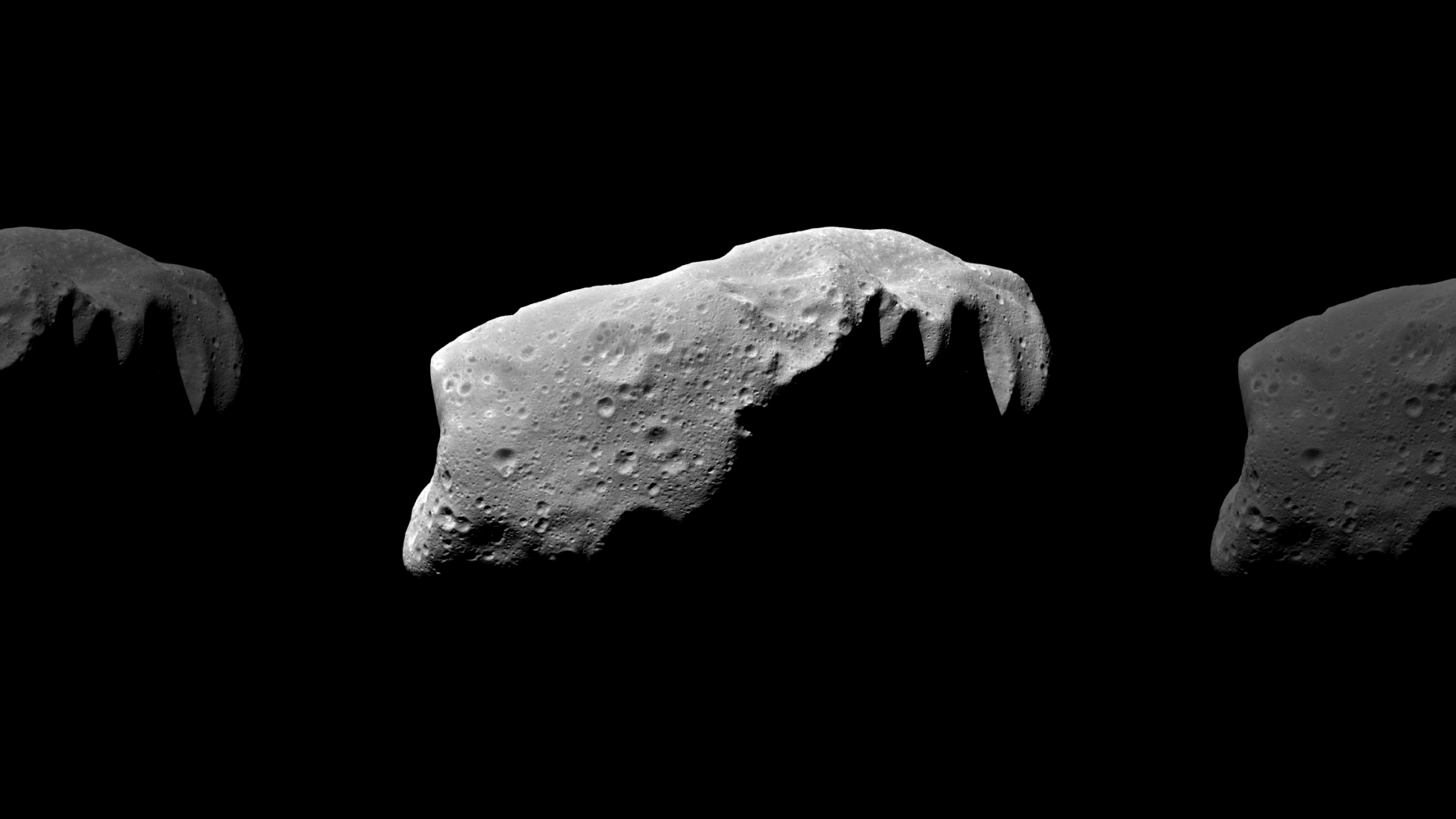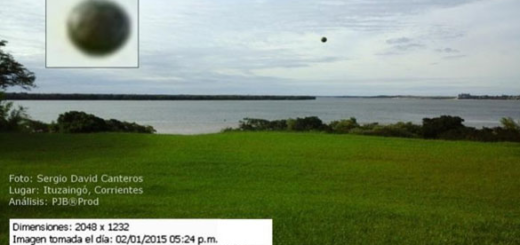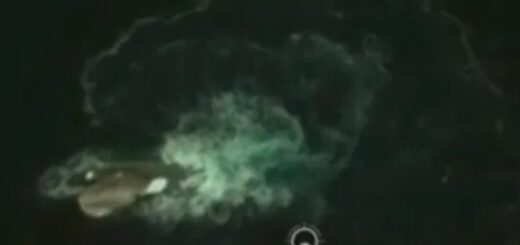NASA has a wild idea to weigh asteroids with a swarm of mini probes

Asteroids are all around us in space — but they’re awfully difficult to weigh, which makes it harder to know how they’ll behave.
So, NASA is considering a new spacecraft that would take a novel approach to the problem, enlisting miniature probes to skim past small asteroids. That’s the idea behind OpGrav, a project that NASA and the Johns Hopkins Applied Physics Lab are testing. The asteroid-flyby project is explained in a new video from NASA released Aug. 10 on YouTube.
Here’s how it would work: The main spacecraft would approach a small asteroid that scientists want to study in more detail. While the spacecraft is still a few hours away, it would release a collection of small spheres toward the asteroid.
The flock of probes would be able to safely fly closer to the asteroid than the spacecraft itself. That means the probes would be affected by the asteroid’s gravity, which would pull each one a bit off course. The main spacecraft would then track where those individual probes go against the background of stars around them.
More From Space.com
Asteroids
Those measurements would then allow scientists to work backward to calculate the asteroid’s mass and create a map of where exactly that mass is within the asteroid. At the same time, the spacecraft could make its own observations of the asteroid to supplement data from the probes.
The method wouldn’t be perfect; the smaller the asteroid, the more important it would be for the spacecraft to aim its flock well. But with larger asteroids, the technique should be able to measure the asteroids to within 1 percent of their true mass, according to a joint statement about the project.
It’s too early, however, to tell when this project would be ready to fly, the statement added.
The OpGrav asteroid concept was proposed by JHUAPL researcher Justin Atchison through the NASA Innovative Advanced Concepts program, which funds research into high-risk, high-reward space exploration concepts. The OpGrav concept received two rounds of NIAC funding between 2014 and 2015.



 Creators of mankind
Creators of mankind Description of “Tall white aliens”
Description of “Tall white aliens” Where they came from?
Where they came from? About hostile civilizations
About hostile civilizations The war for the Earth
The war for the Earth “Tall white aliens” about eternal life
“Tall white aliens” about eternal life Video: “Nordic aliens”
Video: “Nordic aliens” Aliens
Aliens Alien encounters
Alien encounters The aliens base
The aliens base UFO
UFO Technology UFO
Technology UFO Underground civilization
Underground civilization Ancient alien artifacts
Ancient alien artifacts Military and UFO
Military and UFO Mysteries and hypotheses
Mysteries and hypotheses Scientific facts
Scientific facts


















